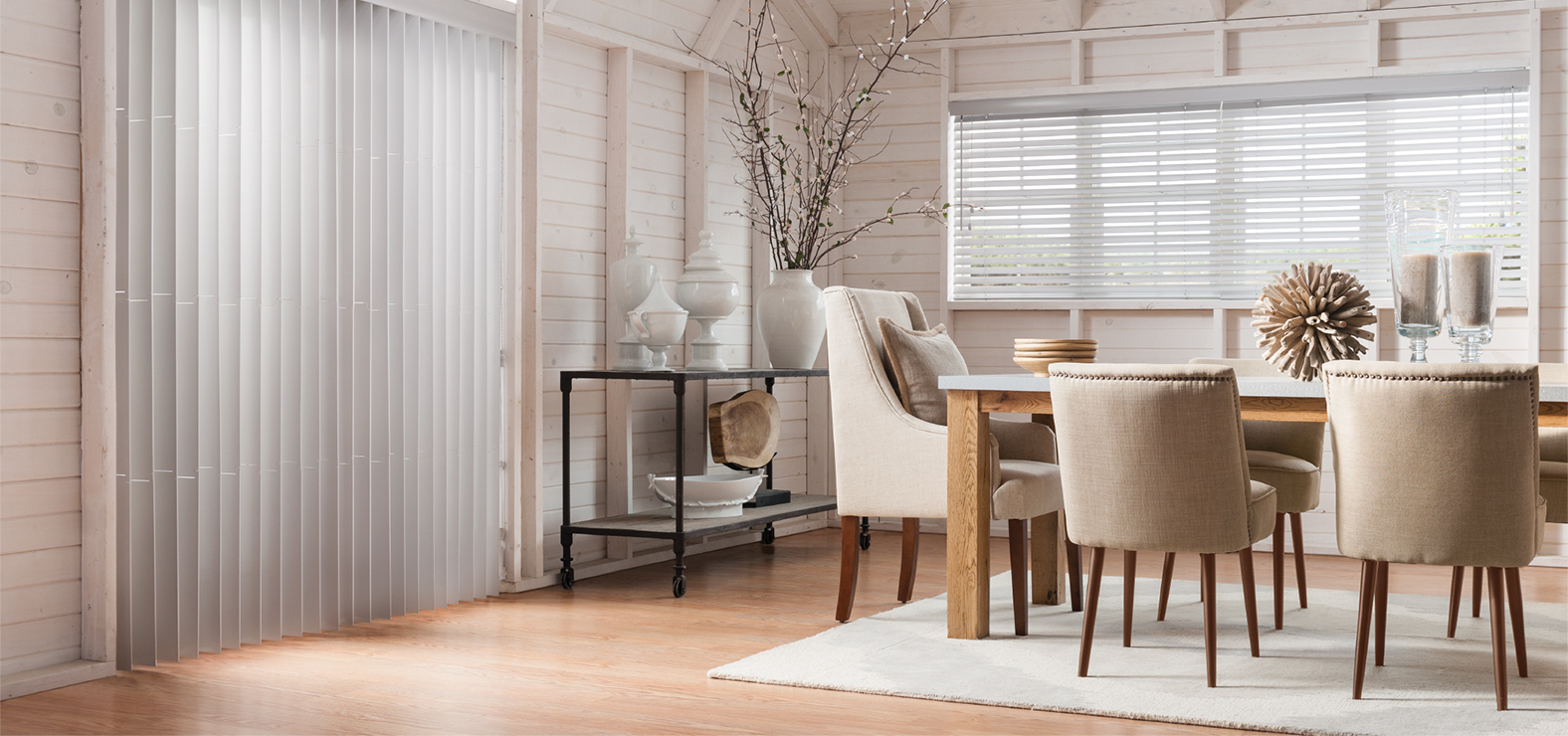Posted to Design
The history of window coverings.

The brief history of window coverings…

Picture this, a Neanderthal cave, rain, VICIOUS predators, the inability to sleep in (the real crime) because of that pesky bright orb in the sky…something HAD to be created to block light, provide privacy, and keep heat out.
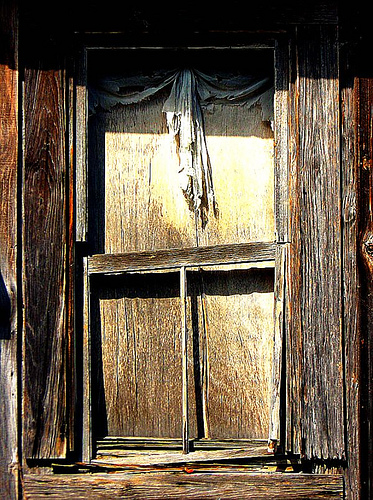
The very first coverings were made of animal hides and hung in cave openings with hooks. Believe it or not, animal hides, membranes and fur are the ancestors of today’s curtains used in numerous window treatments.
Now the Egyptians…did something completely different.
From the early 3100 B.C. to the 3rd Century B.C., the great Egyptians invented curtains and used them throughout their entire rule. It was HOT in that desert.

The papyrus of Egypt is most closely associated with writing – in fact, the English word ‘paper’ comes from the word ‘papyrus’ .
The Egyptians found many uses for Papyrus. It was used as a food source, to make rope, for sandals, for boxes and baskets and mats, as window shades, material for toys such as dolls, as amulets to ward off throat diseases, and even to make small fishing boats. It also played a part in religious devotion as it was often bound together to form the symbol of the ankh and offered to the gods as a gift.
Papyrus also served as a political symbol through its use in the Sma-Tawy, the insignia of the unity of Upper and Lower Egypt. This symbol is a bouquet of papyrus (associated with the Delta of Lower Egypt) bound with a lotus (the symbol of Upper Egypt).
Ok, so yeah, papyrus was SO money.
But what was happening on the windows in the rest of the world?
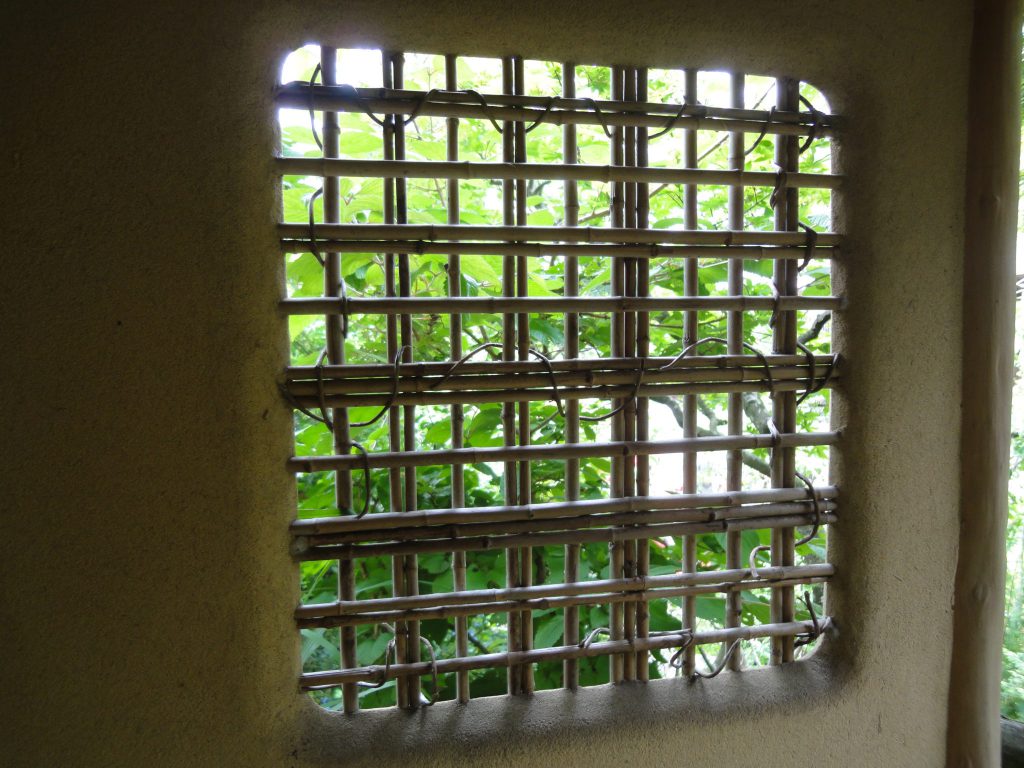
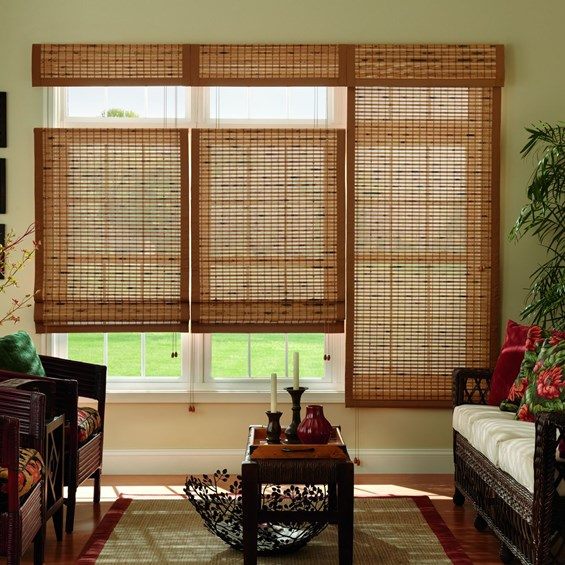
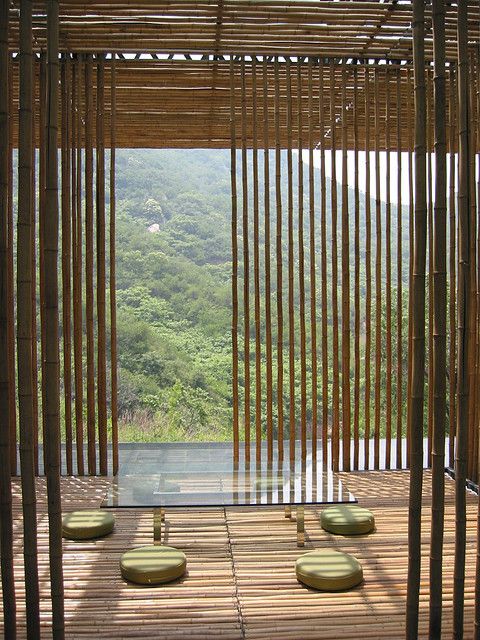
Also in Asia, they were doing fantastical things with rice….
Shoji Screens-
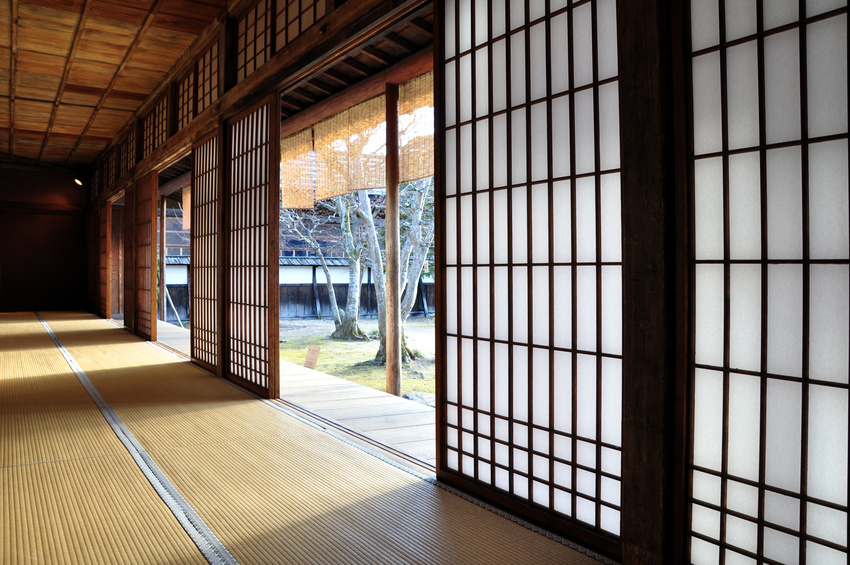
In present day, these ‘shades’ are more popular as a room-divider. Because of the thinness of the material, lack of durability, lack of sound-deadening qualities & insulation, they weren’t the best for exterior walls.
Visual privacy, ohh yeah, but not masking mom and dad’s yelling or throwing dishes from the nosy neighbors. The town gossips were in their heyday! *wink*
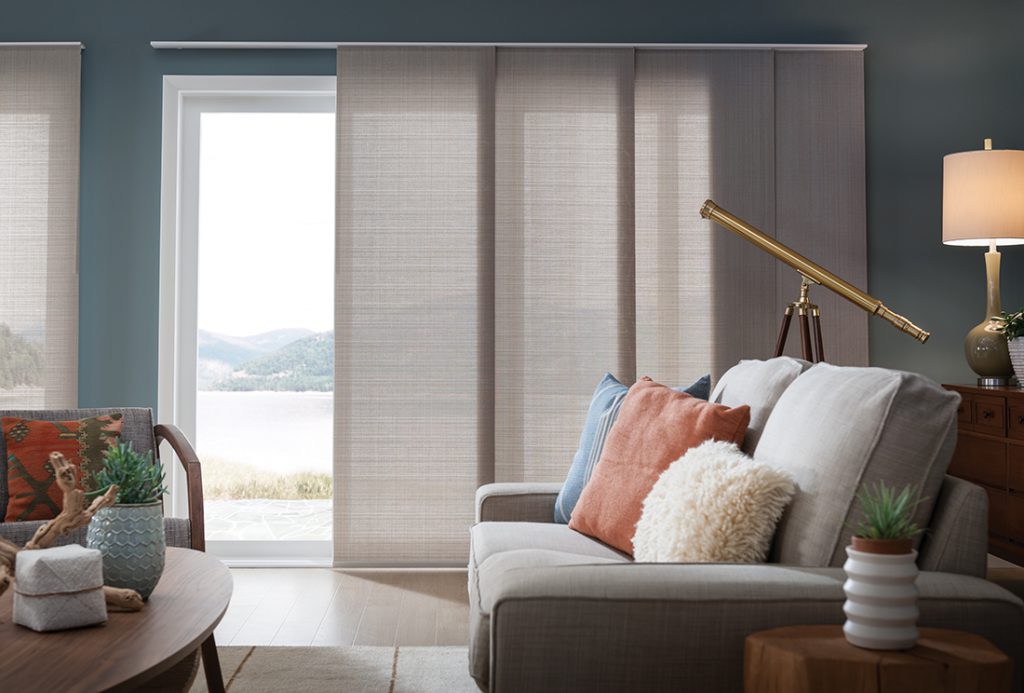
Now in Persia, (Modern-day Iran) it was all about sacred geometry.
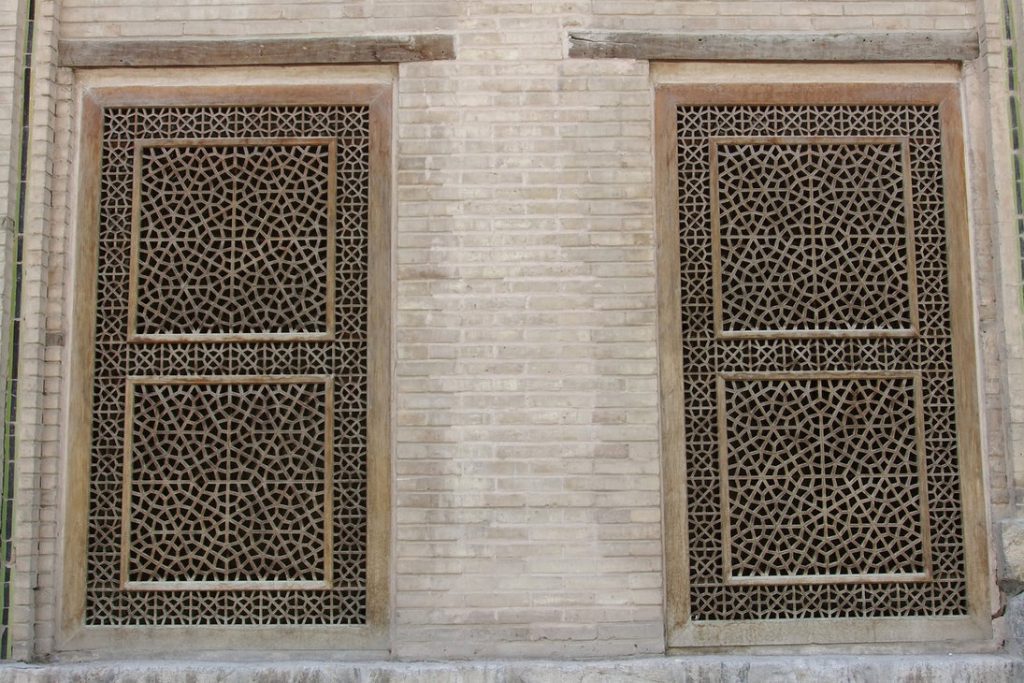
Aesthetics were very important, as you see in this home’s elegant window covering.
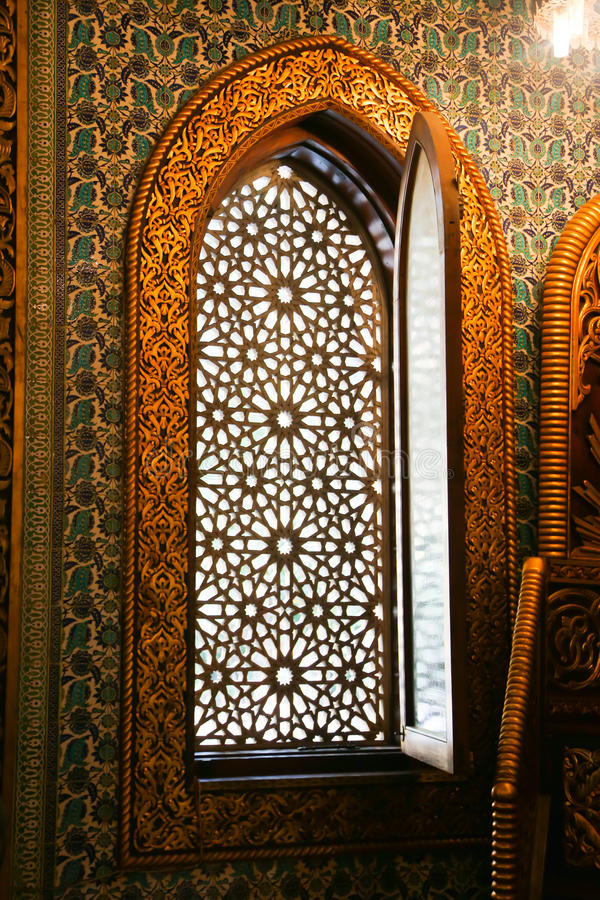
Traditionally, the guiding formative motif of Iranian architecture has been its cosmic symbolism “by which man is brought into communication and participation with the powers of heaven”. This theme has not only given unity and continuity to the architecture of Persia, but has been a primary source of its emotional character as well.

Whatever the truth of the matter, it seems that it was the rise in international trading that brought products such as slatted blinds from Asia and the Middle East to places in Europe, such as Venice, in the 1700s.
Venetian blinds-
Some believe that it was freed Persian slaves migrating from Venice to France who helped to spread the knowledge of Venetian Blinds.
Venetian blinds, are made from horizontal slats. Their design, as we know them, was developed in 1794. They received the name Venetian blinds because they originally came from Venice, Italy.
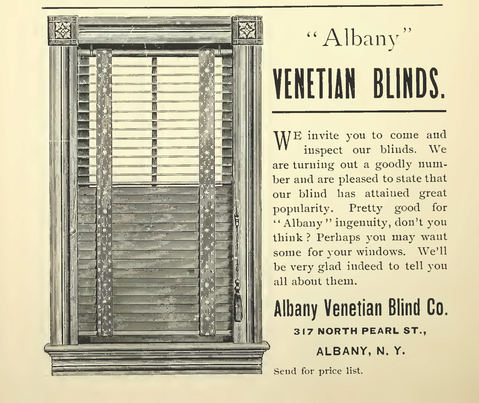
Further evidence for the Persian theory might be found in the name the French use for shutters or blinds, which is ‘Les Persiennes’.
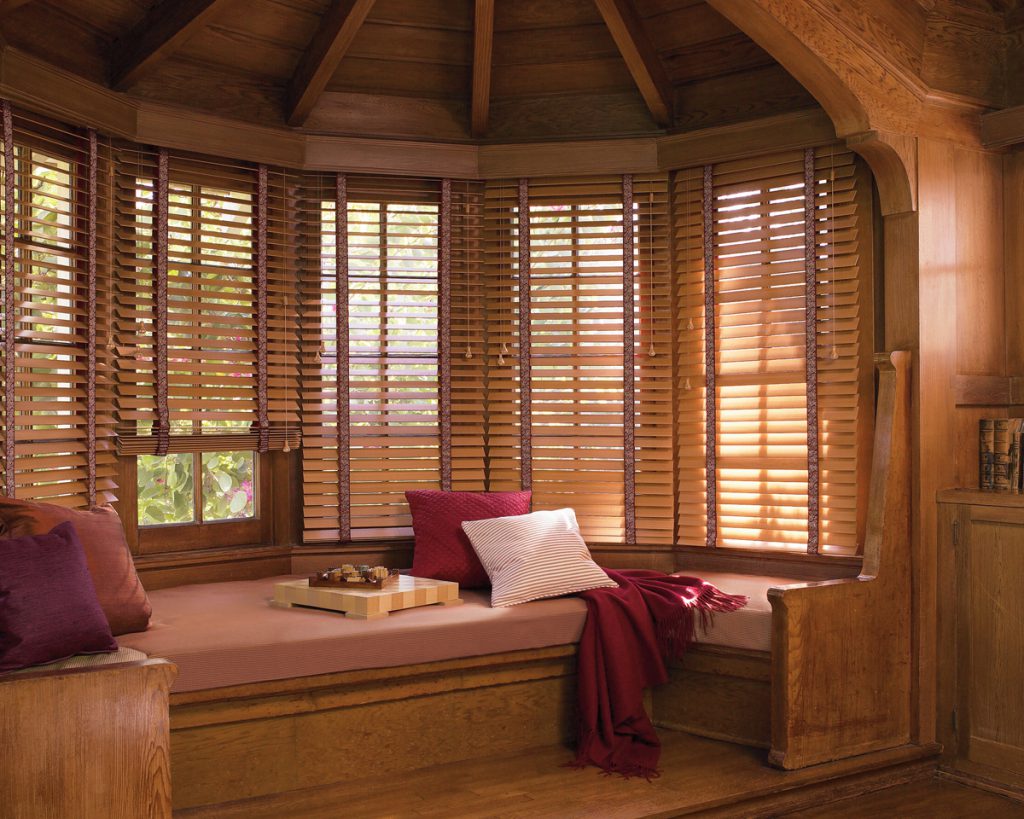
Now window shutters and Roman shades…that’s a WHOLE different history. Stay tuned!









